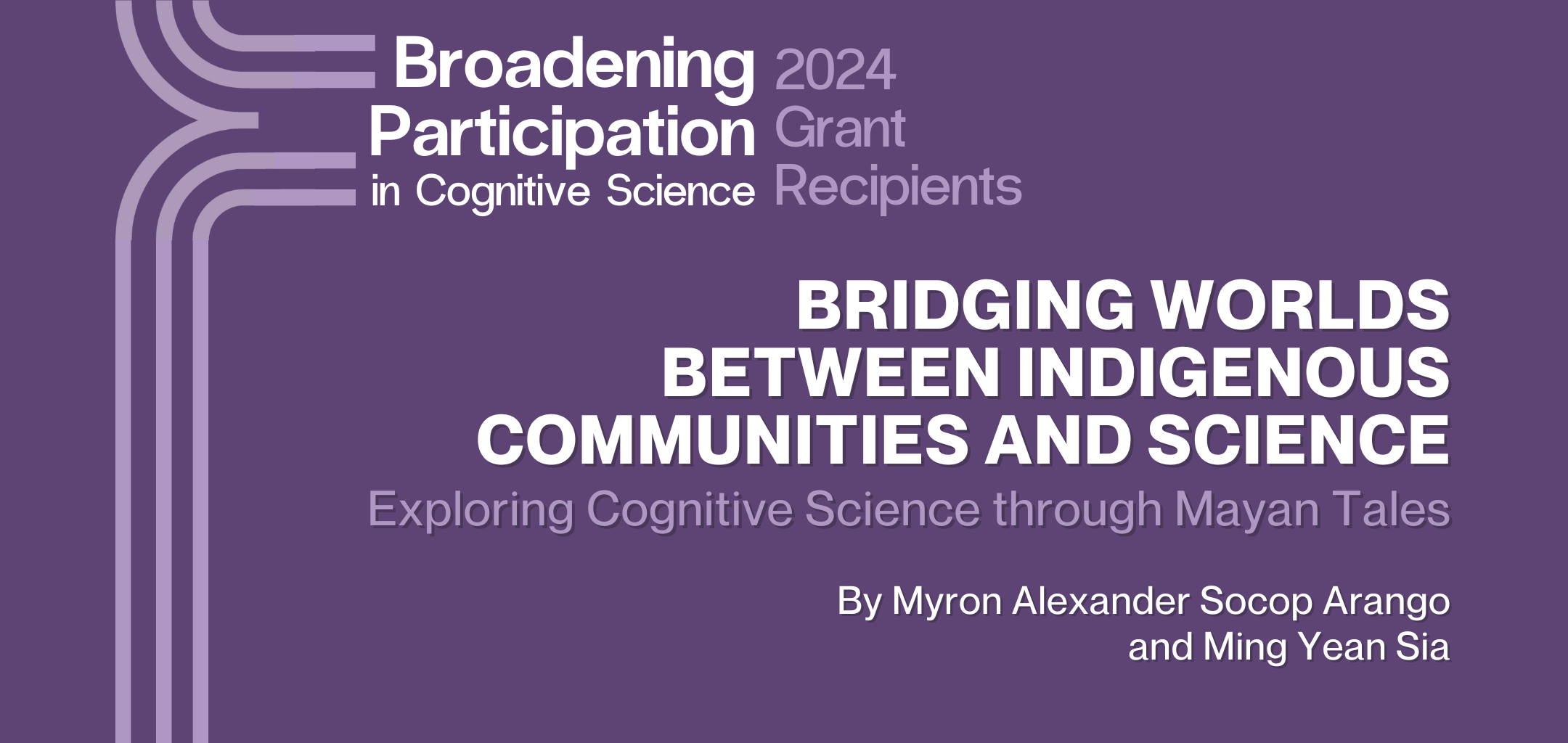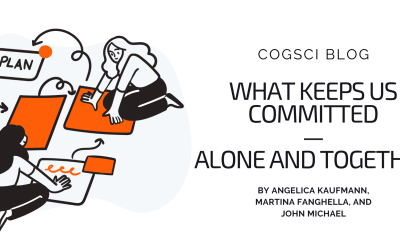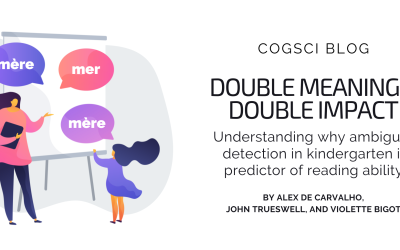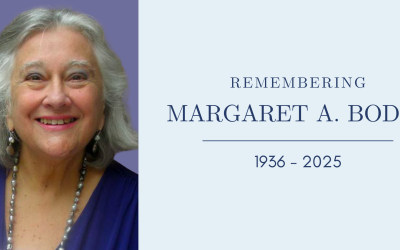By Myron Alexander Socop Arango and Ming Yean Sia
In a digital era where science seems more accessible than ever, large gaps still exist, especially in underrepresented communities. These disparities in access to knowledge are especially evident in Guatemala, a country rich in cultural diversity yet often excluded from mainstream scientific conversations. Our initiative, “The Cognitive Science Behind the Adventures of Junajpu and Xbalamke”, seeks to bridge these gaps in Guatemala’s Mayan and Mestizo communities by blending cognitive science with stories from the ancient Mayan text, the Popol Wuj.
In our initiative, our mission is simple yet profound: To introduce the fascinating field of cognitive science to teachers in Mayan and Mestizo communities, empowering them to foster curiosity for science in young minds. We believe that cognitive science should be accessible to all, as it provides valuable insights into understanding human behaviour. Therefore, our workshop is aimed at educators, parents, and community leaders, who will help us in spreading this knowledge to the younger generation. By adapting our workshop contents to cultural narratives and everyday contexts, we hope to inspire a future generation to explore cognitive science.
Broadening Participation in Cognitive Science through Fun Activities and Local Stories
Cognitive science helps us understand how the brain works, how we think, take decisions, learn, and how human behaviour develops. Due to historical, political, and economical reasons most cognitive science research is concentrated within WEIRD populations — western, educated, industrialised, rich, and democratic societies. This leaves a gap in understanding how these findings apply to diverse populations, such as Guatemala, a country with 23 different indigenous languages and Spanish as the official lingua franca. Furthermore, with limited access to educational resources, knowledge of science is usually available only to the privileged.
Critically, our workshop aims to spread the knowledge of cognitive science as well as preserving the indigenous culture. We achieve this by taking an innovative approach, weaving in narratives from Popol Wuj, an ancient text of the K’iche’ Maya, to introduce cognitive science concepts. Briefly, Popol Wuj is a collection of adventures of the hero twins, Junajpu and Xbalamke, which we use as analogies when introducing different branches of cognitive science in our workshop. By teaching cognitive science through familiar stories, we aim to make complex concepts relatable and relevant, showing how traditional knowledge and modern science can coexist and enrich one another.
As we will be introducing four different topics to our workshop participants, we have carefully selected four relevant stories from Popol Wuj. The first story that we have chosen is a tale in which Junajpu lost his head yet remained alive. This tale offers an engaging way to introduce Neuroscience, in particular, the brain anatomy (e.g., discussing different brain regions) and its various roles, such as the regulation of essential life functions, sensory processing, and higher cognitive functions. The second story that we will use is about Xmuqane, the grandmother of the twin heroes, who could not stop laughing even when she was advised to restrain herself. This scene will be used as an entry point into discussions about Cognitive Psychology, specifically focusing on executive function, i.e., the ability to set goals and control one’s actions based on the current needs. The third key episode taken from Popol Wuj describes how Junajpu and Xbalamke negotiated with a rat to reveal a secret hiding place to them. This story highlights a huge debate in Comparative Psychology: How intelligent are animals? We will also take this opportunity to introduce critical thinking skills to our participants. The fourth and final story is about Wuqub’ Kak’ix, a proud and boastful macaw who was later defeated by Junajpu and Xbalamke. His sons, Sipakna and Kabraqan, were similarly arrogant and both of them met the same fate as their father. We will use this tale to introduce Developmental Psychology and provide an overview of how we typically study language development in young children.
Other than folktales, our workshop will also include hands-on activities, videos, and discussions to ensure that the workshop materials are diverse and engaging. We will be including short clips of famous analogies, for instance, Clever Hans and Mike the Headless Chicken to keep the workshop participants’ interest high. We’re especially excited about our day-night Stroop task, adapted from Sia et al. (2023), because the task will give the communities a glimpse of how researchers measure inhibitory control. More importantly, we will also ask them to make the task more culturally relatable so that they can experience how psychological experiments are conducted.
Current status
The project has reached several exciting milestones. We have developed our materials systematically, carefully checking facts and findings in the field of cognitive science to create four tailored presentations. We have also gathered engaging reading materials, for example, the relevant Popol Wuj chapters, to refresh the communities’ memory of the stories. We have also designed a unique logo in which we include Mayan glyphs that correspond to the names of Junajpu and Xbalamke, the twin Mayan heroes after whom our project is named. Another crucial step that we have undertaken is the translation of all of the aforementioned materials from English to Spanish to make them more accessible to Guatemalan educators. Finally, we’ve connected with Popol Nah, a local Guatemalan organisation, to reach teachers from maya and mestizo communities. This collaboration with Popol Nah is crucial as it roots our workshop in a local network that shares our dedication to cultural and educational growth.
Long-Term Vision: Creating a Lasting Impact
This workshop is only the first step towards creating a lasting impact. We hope this project will encourage further educational initiatives that embrace cultural heritage as a gateway to scientific curiosity. We aim to support educators beyond the originally planned sessions, equipping them with tools to integrate cognitive science into classrooms and communities. By focusing on cognitive science in Guatemala, we envision a future where young people from all backgrounds feel empowered to ask questions about the mind, behaviour, and human perception. With this project, we hope to lay the foundation for a more inclusive scientific community, one where diversity is celebrated and knowledge flows freely across cultural and linguistic borders. Our workshop participants will receive resources such as the tailored presentations, selected readings from the Popol Wuj, and instructions on how to carry out a simple experiment, namely the day-night Stroop task, so they can replicate this workshop with other educators and students. Last but not least, all our materials will be available in an open-access repository on GitHub.
The Cognitive Science Society’s Broadening Participation Grant is now entering its third year of funding new initiatives to increase global participation in Cognitive Science. The recipients of this grant represent a broad scope of innovative initiatives aimed at encouraging participation in the Cognitive Sciences through interdisciplinary outreach programs, projects, and events. Participants in these programs represent diverse identities, cultures, and geographical locations. As the Cognitive Science Society’s Outreach Committee prepares our call for the third annual Broadening Participation Grant (coming soon!), we are delighted to provide updates on each of our 2024 grant recipients.





